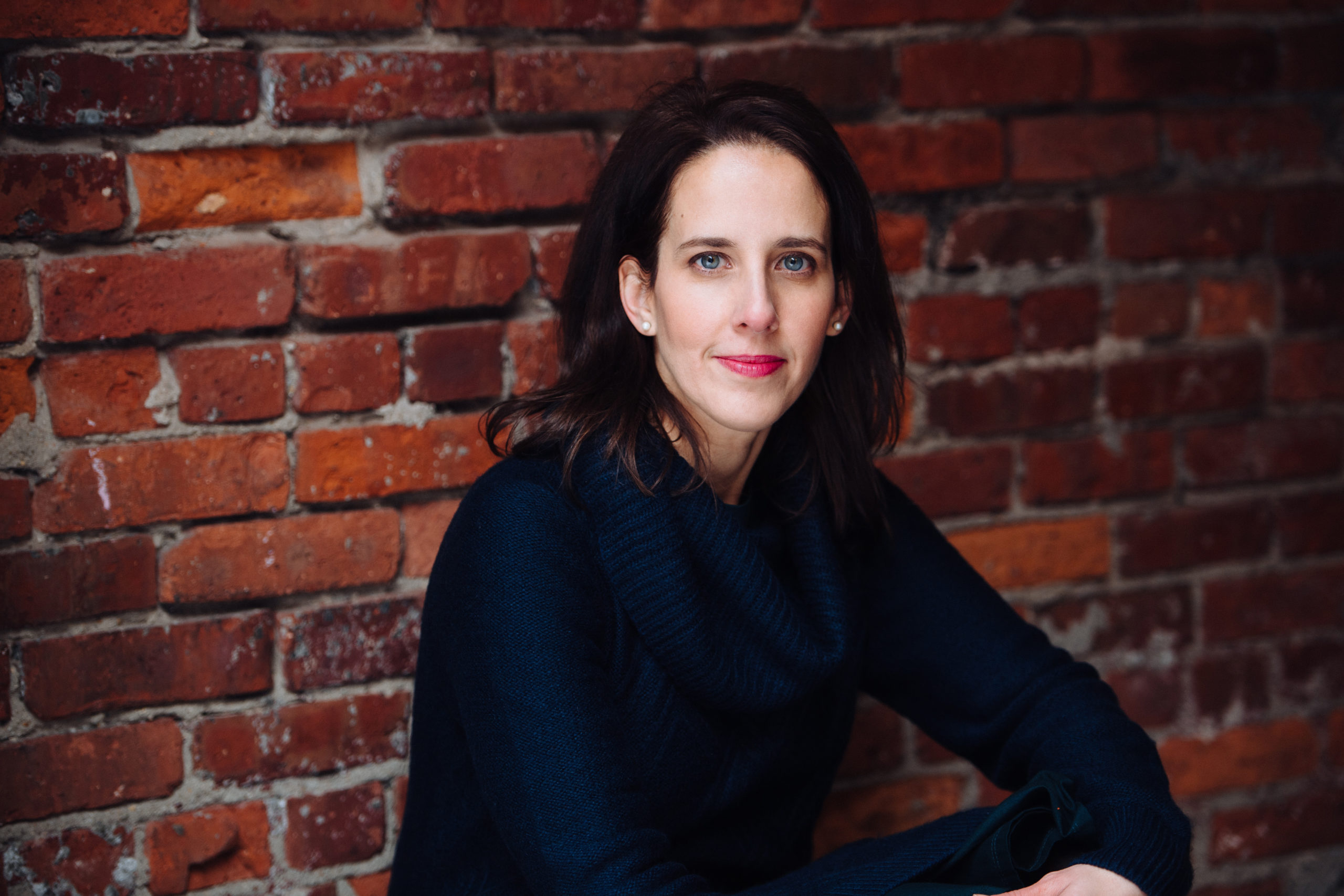 Monday morning. The sun was oranging the sky behind newly stark tree branches when I opened my living room blinds. I usually take little notice of what’s outside the window in this part of my morning routine; in my tiredness, I’m just robotically turning the long wooden dowels that open the blinds of seven windows to let in the light before I go wake up my six-year-old daughter. But today, the scene before me made me pause, enough to open up my front door and step outside onto the porch in my slippers and pajamas in cold December, and take a photograph. There was beauty in the rising sun. But what resonated were the people standing by the train track, mostly dressed in dark colors, waiting for the train to Manhattan. The anticipation of the commuters was palpable. It was their eagerness coupled with the early morning stillness that made me pause. Beauty often hides in contradiction.
Monday morning. The sun was oranging the sky behind newly stark tree branches when I opened my living room blinds. I usually take little notice of what’s outside the window in this part of my morning routine; in my tiredness, I’m just robotically turning the long wooden dowels that open the blinds of seven windows to let in the light before I go wake up my six-year-old daughter. But today, the scene before me made me pause, enough to open up my front door and step outside onto the porch in my slippers and pajamas in cold December, and take a photograph. There was beauty in the rising sun. But what resonated were the people standing by the train track, mostly dressed in dark colors, waiting for the train to Manhattan. The anticipation of the commuters was palpable. It was their eagerness coupled with the early morning stillness that made me pause. Beauty often hides in contradiction.
I have spent hours waiting for buses and subways in my daily 9-5 commuting days, living in New Jersey and later Brooklyn. Even as bundled New Yorkers appear otherwise occupied, reading books or tablets, putting on hand lotion, anything but making eye contact- senses are attuned: listening for the distant rumble, aware of the first felt vibration, or the reflection of shadowy light on the grimy tunnel walls before the train rounds the bend. And if you’ve been waiting for a while, particularly in freezing temperatures outside, there’s nothing like straining to see the bus finally coming down the highway in the distance. Its appearance brings a kind of short-lived euphoria because you were starting to doubt it might ever come.
We all know modern people don’t like to wait. They’re always in a rush. Today while writing this, I received an email from my bank telling me that they had heard “our” complaints, that making online payments took too long, and their website pages took too long to load. “Now it’s quicker and easier than ever,” and their web pages load “on average five seconds faster.” Five seconds. One. Two. Three. Four. Five.
But in the waiting stance, there is something humble and holy, moments pregnant with expectations- faith really- however unnoticed or taken for granted, that the bus will show, the light will change to green, the train will pull into the station. The artist knows that the process of creating is more important than the end result. I write, not to produce a piece of writing, but to engage in the act of writing. I don’t know where I’m going to end up all the time, but I know I’m supposed to be here now, trying. What if waiting is like process? What if it’s active and equal in its importance to arrival? For anything new to be born, we must wait- for a seed to sprout in earthy soil, for a book to be written and published, and for one tiny cell to grow into a human being.
Conversely, time and change can also lead to degradation. It’s the posture of our waiting that decides whether we’ll flower or stagnate. Do we wait in frustration or in hope? Will we wait humbly or with entitlement? Will we claim as some commuters do, “This is ridiculous,” if it seems to take too long- or will we half-smile and admit we share the same flaws and condition of our fellow humans who operate or manage the train or bus company, and can we steer our expectation away from schedules, perfection, and performance, to patience and flow and flexibility.
It’s the first week of Advent. It’s a season of waiting- termed by a word that means the very opposite- “Arrival.” Inherent in the waiting is this promise of arrival. But the growth that gets us there is happening now, in this moment, fueled by awareness and nurtured by trust. Counter to our culture’s present eye-rolling view of waiting, this waiting isn’t passive or immobilized, nor is it controlling or demanding. It is industrious in hope. Henri Nowen makes a distinction between waiting filled with wishes, and waiting filled with hope.
“I have found it very important in my own life to let go of my wishes and start hoping. It was only when I was willing to let go of wishes that something really new, something beyond my own expectations could happen to me. Just imagine what Mary was actually saying in the words, ‘I am the handmaid of the Lord…let what you have said be done to me’ (Luke 1:38). She was saying, ‘I don’t know what this all means, but I trust that good things will happen.”
This is how the artist feels as well, at the beginning of process- with only a phrase or a handful of music notes or an image to start with. “I don’t know what this all means, but I trust that good things will happen.” And so we begin the work of waiting. With hope.






0 Comments